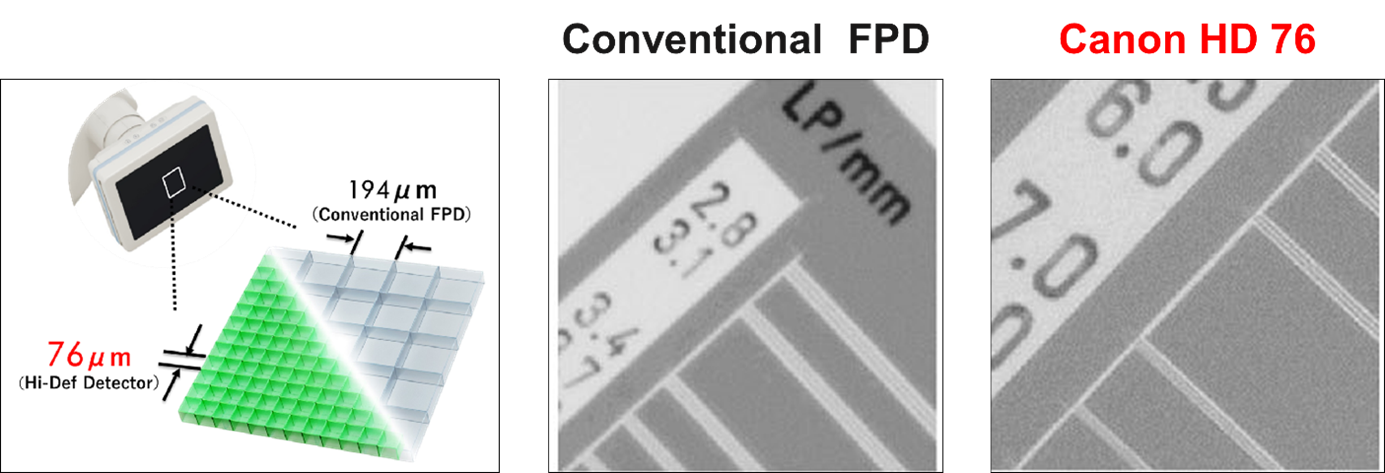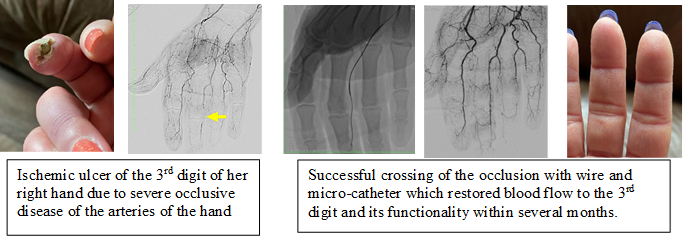ADVERTISEMENT
9.1 Integration of UHD and 3D Interventional Imaging
These proceedings summarize the educational activity of the 17th Biennial Meeting of the International Andreas Gruentzig Society held January 30 to February 2, 2024 in Chiang Rai, Thailand.
Faculty Disclosures Vendor Acknowledgments
Statement of the problem or issue
Complex interventional procedures have become the norm for many operators. For example, interventions on bifurcations or chronic total occlusions (CTOs). Even ‘simple’ procedures are not always straightforward. Furthermore, in many situations, the target vessels are now much smaller than in the past. The tools that are available are more intricate, e.g. highly specialized wires, microcatheters, small balloons, etc. Standard angiography alone is limited in several ways, especially in magnification. Previous efforts to deal with these limitations have included pre-procedural imaging for planning purposes (e.g. CT angiograms), adjunctive intraprocedural imaging using IVUS or OCT, and tools for physiologic evaluation (FFR, etc.). However, these alternatives also have limitations. Another possibility is ultra-high-definition angiographic imaging, or ultra-magnification fluoroscopy.
Gaps in current knowledge
We must seek to understand what types of procedures might benefit from high resolution imaging. If used, will it lead to improved procedural performance and clinical outcomes? Are there any increased risks associated with it?
Possible solutions and future directions
Canon Medical Systems has developed a high-definition x-ray imaging technology called HD-76, originally designed for interventional neurosurgical procedures. As illustrated in Figure 1, conventional flat-panel detector imaging can resolve to approximately 194 microns, while the HD-76 system can resolve to 76 microns. It is an “angiographic microscope,” and, importantly, there is no radiation dose penalty for this higher resolution.
Figure 1. Ultra-high-definition imaging.

This new imaging technology has now been released for use more broadly. At our institution, it is being used in complex coronary CTO interventions, as well as in selected peripheral arterial interventions. For example, Figure 2 illustrates a case of a patient with advanced scleroderma and severe vascular reaction of the hands, with ischemic ulcerations of a fingertip. The HD-76 ultra-high-definition imaging system facilitated an interventional procedure to restore blood flow to the ischemic digit and permit healing.
Figure 2. Ultra-high definition imaging facilitated interventional procedure in extremely small vessel of hand.

In addition to ultra-high-definition imaging, there is also the ongoing development of hybrid imaging systems, combining 3D-CT with fluoroscopy to improve and enhance intraprocedural imaging, especially in structural heart disease.3 In particular, transcatheter repair and replacement procedures on the aortic, mitral, and tricuspid valves, and LAAO procedures, may benefit from this combination of imaging modalities.
References
- Setlur Nagesh SV, Vakharia K, Waqas M, et al. High-definition zoom mode: A high resolution X-ray microscope for neurointerventional treatment procedures. J Neuroimaging. 2019;29(5):565-572. doi: 10.1111/jon.12652. PMID: 31339613.
- Arain SA, Napierkowski S, Schechter M, Aman W, Smalling RW. Initial experience using a novel high definition (HiDef) imaging system in peripheral arterial interventions. Catheter Cardiovasc Interv. 2020;95 (Supplement S2): S115.
- Brouwer J, Ten Berg JM, Rensing BJWM, Swaans MJ. First use of futuristic image fusion technology during transcatheter aortic valve replacement. JACC Cardiovasc Interv. 2019;12(21):2223-2224. doi: 10.1016/j.jcin.2019.06.047. PMID: 31377270.
© 2024 HMP Global. All Rights Reserved.
Any views and opinions expressed are those of the author(s) and/or participants and do not necessarily reflect the views, policy, or position of the Journal of Invasive Cardiology or HMP Global, their employees, and affiliates.













